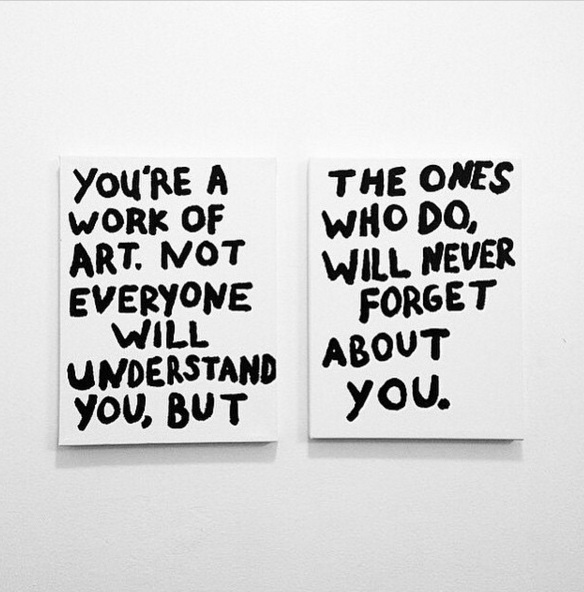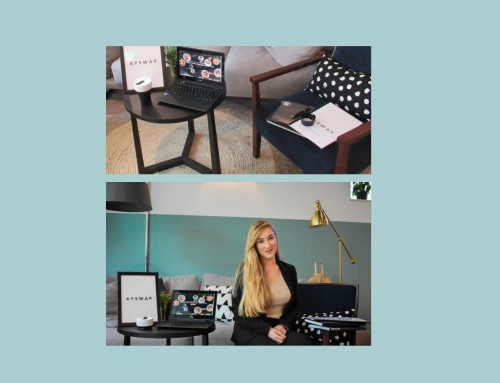Traditional cultural industries have blended together and established the new context of creative industries. One of them represents art and antiques market, which will be further addressed in this blog post. This pathway divides further into paintings, sculptures, drawings and prints (Newbigin, 2010). The above mentioned art genres predominate at art fairs, commonly used as venues, where artists, dealers, galleries and art collectors come together and compose arrangements for the benefits of all. They are commercially oriented, open for the public, but frequently charge a fee for entry. To obtain the best deal out of the art fair to showcase the artwork, Morgner (2014) illustrates the importance of collaboration in order to fulfill wanted outcomes.
Firstly, such collaboration can be seen between the two galleries. This can positively influence the position of the unknown gallery, when less known gallery share the same artist as the gallery with established status. Moreover, that kind of linking can bring a value to the newly-established gallery with a significant breakthrough, demonstrates Morgner (2014). Additionally, building a network with the influential galleries can form the future opinion of the lesser known gallery and the artist itself.
This being said, the collaboration between the artist and the gallery represents another important, valuable connection, as galleries have intention to sell the current artist, not the one from previous centuries. “The artist without a gallery is hard-pressed to make any net income…” indicates Caves (2001, p. 29). Nevertheless, art fairs can also have a considerable impact on the price of the artwork. Therefore, such collaboration reflects positive impact for the profit for both, gallery and an artist. (Morgner, 2014).
Another important status has curator, which in Morgner’s (2014) opinion should be considered as an artist, as well. He is responsible for the display of an exhibition. As a matter of facts, it is not necessary that what is for sale is also going to be on the display. Each artwork has certain aim, therefore curator decides how specific artwork is going to be classified.The interest experiment that was made in 2011 at Tate Britain, indicates that visitors spent less than five seconds viewing the work of two modern artists, while the longest view of that day counted astonishing thirty minutes, looking at the painting from 19th.century (Hensher, 2011). Hence, the curator needs to understand the needs of viewers and exhibit most attractive pieces for the display.
Furthermore, from the economic perspective, presenting work at the art fair begins with a great dealer, agrees Caves (2001). The dealer is not just in charge of taking the orders, but is also playing a role as an artist’s promoter, who has entrepreneurial skills, strong art background and after all, understand the artist and his work. The dealer can become valuable contributors to the success of the artist by recognizing opportunities, approaching potential clients and taking artist’s work to the museums. Morgner (2014) clarifies that good dealers are crucial for an artist, as they are the one that will recognize new trends and select the most suitable artist’s work to fulfill the needs of the buyers.
To conclude, curators, who are responsible for the layout of the art fair, should take under consideration buyers behavior, especially when they are surrounded by social group. Behavioural psychologists agree that there is a considerable chance that person will buy a certain art piece, if he is surrounded by other people, rather than ‘being alone’ when purchasing online. Being surrounded by group of people gives him social approval and feeling of importance.For this reason, art fairs are extremely important in today’s virtual age, whether this is an artist, a dealer, a curator, a gallery, an art collector, or just aimless viewer.
To accomplish the wanted outcome linking all those connections together might explain the value of the art fair, even in a virtual age.









